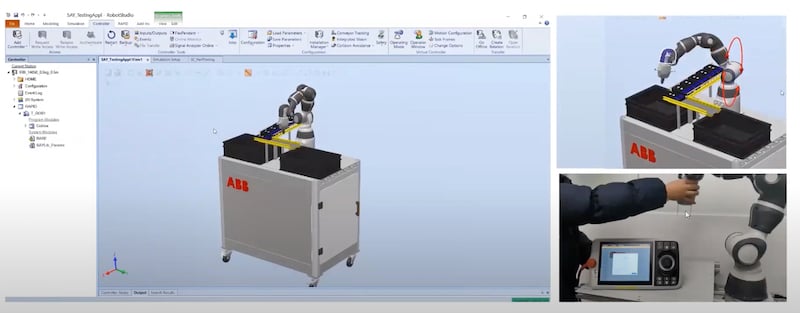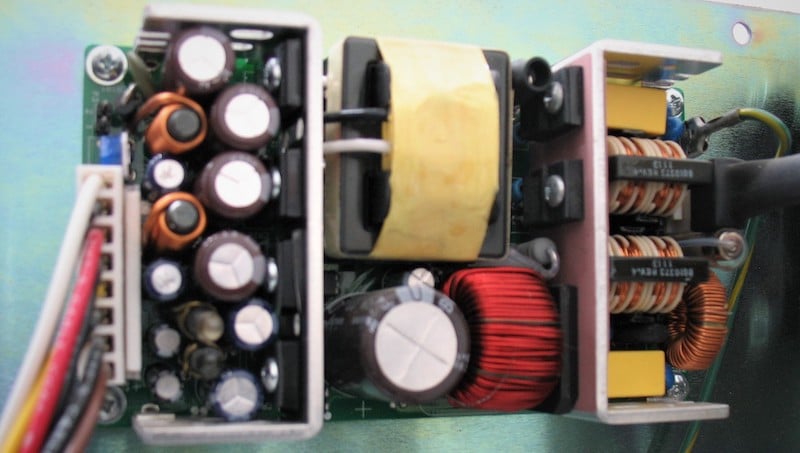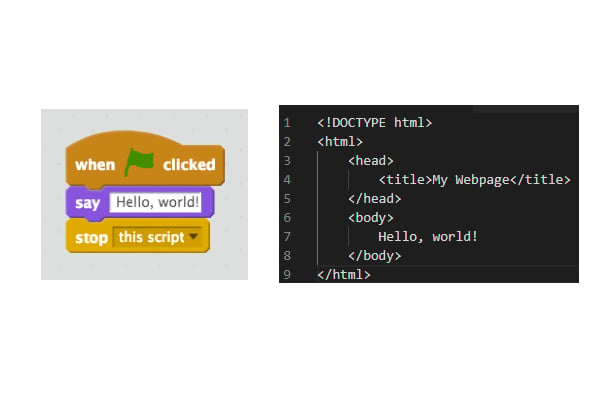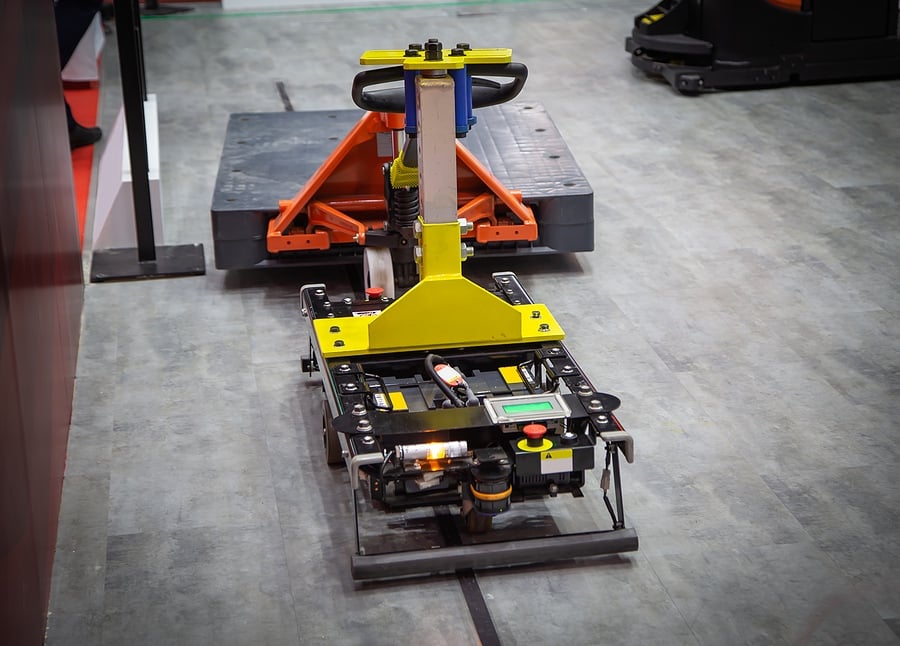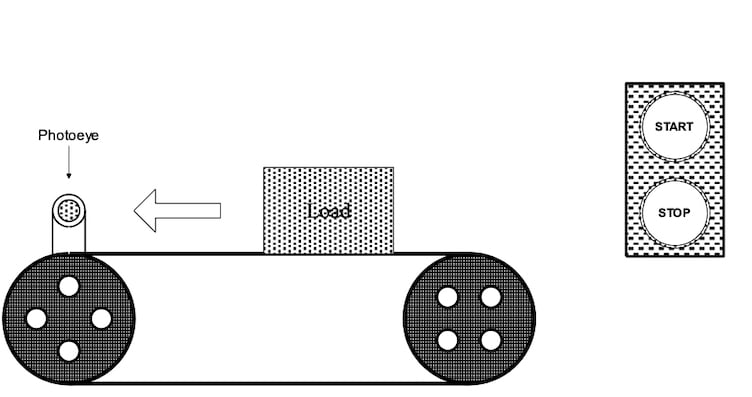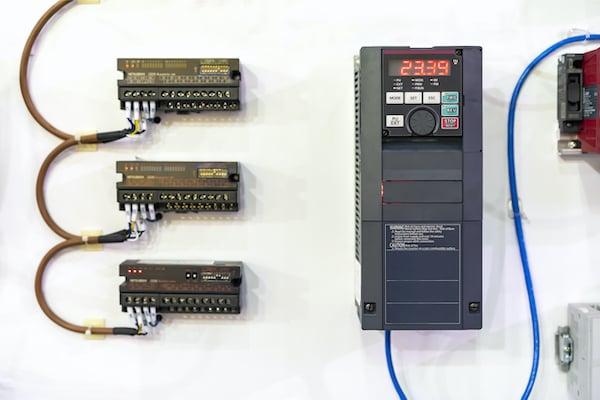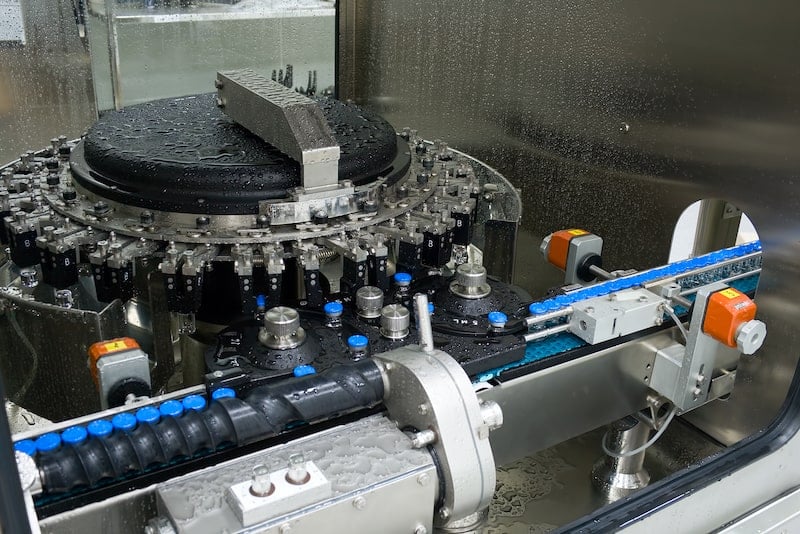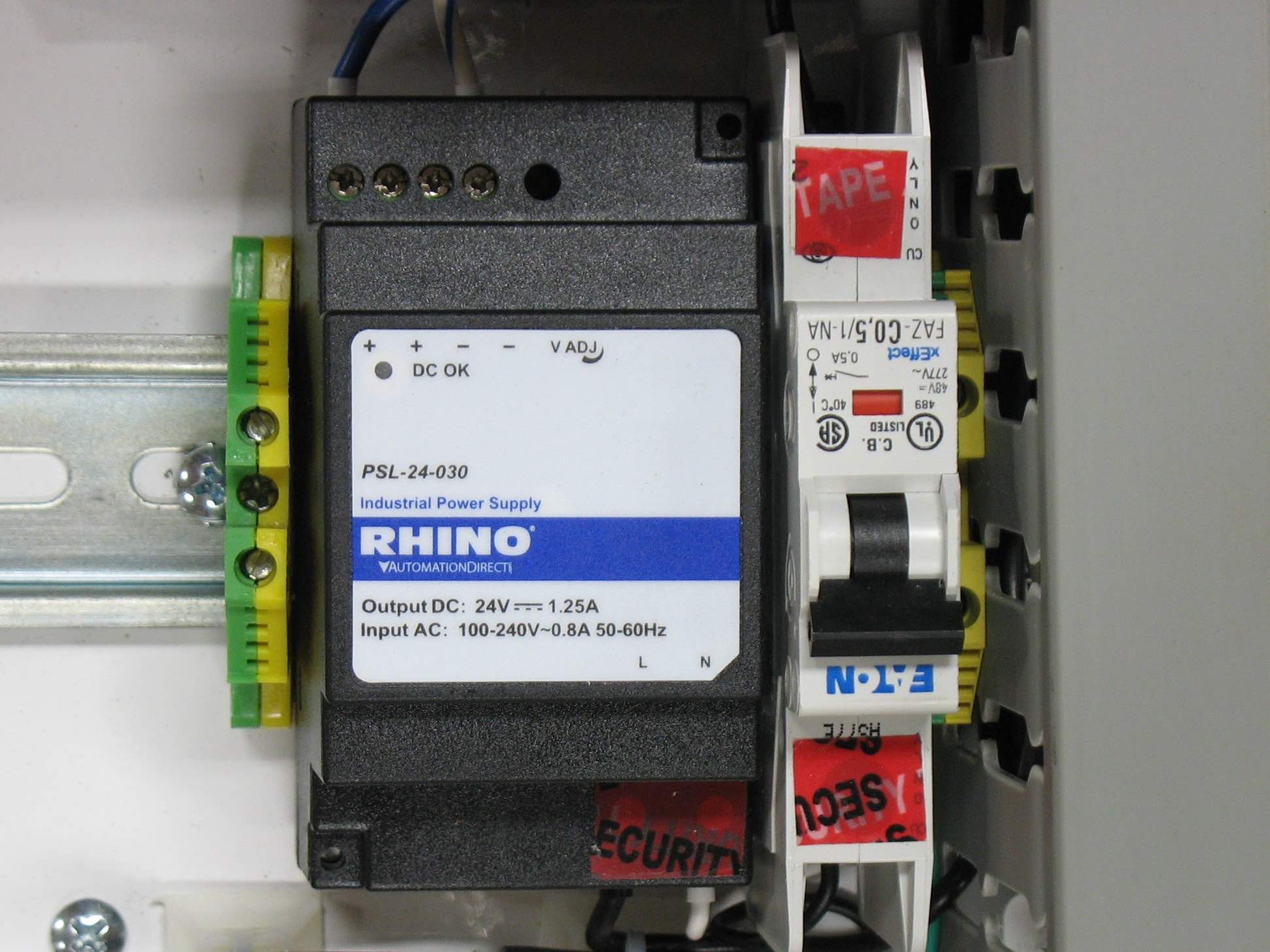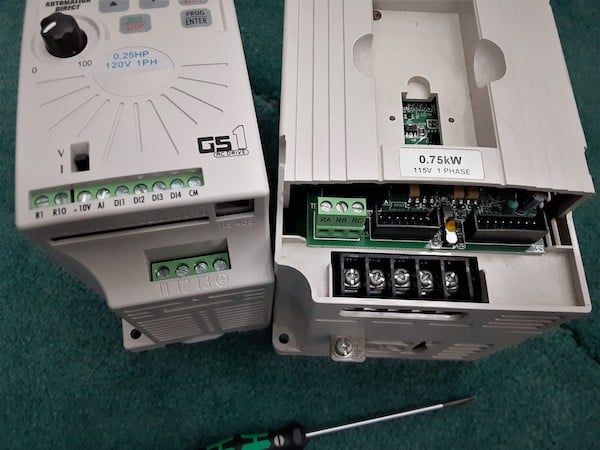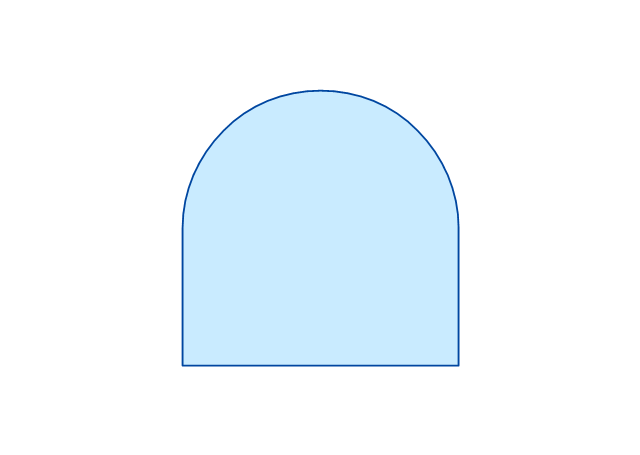How to Train a Robot: Block-Based Programming
This article will provide links and resources for those looking to integrate robotics into their process without having to go back to school or spend hours researching programming languages. This article will present visual block-based programming. An interface that requires no coding experience, block-based programming lets users select blocks with commands more or less in … Read more

